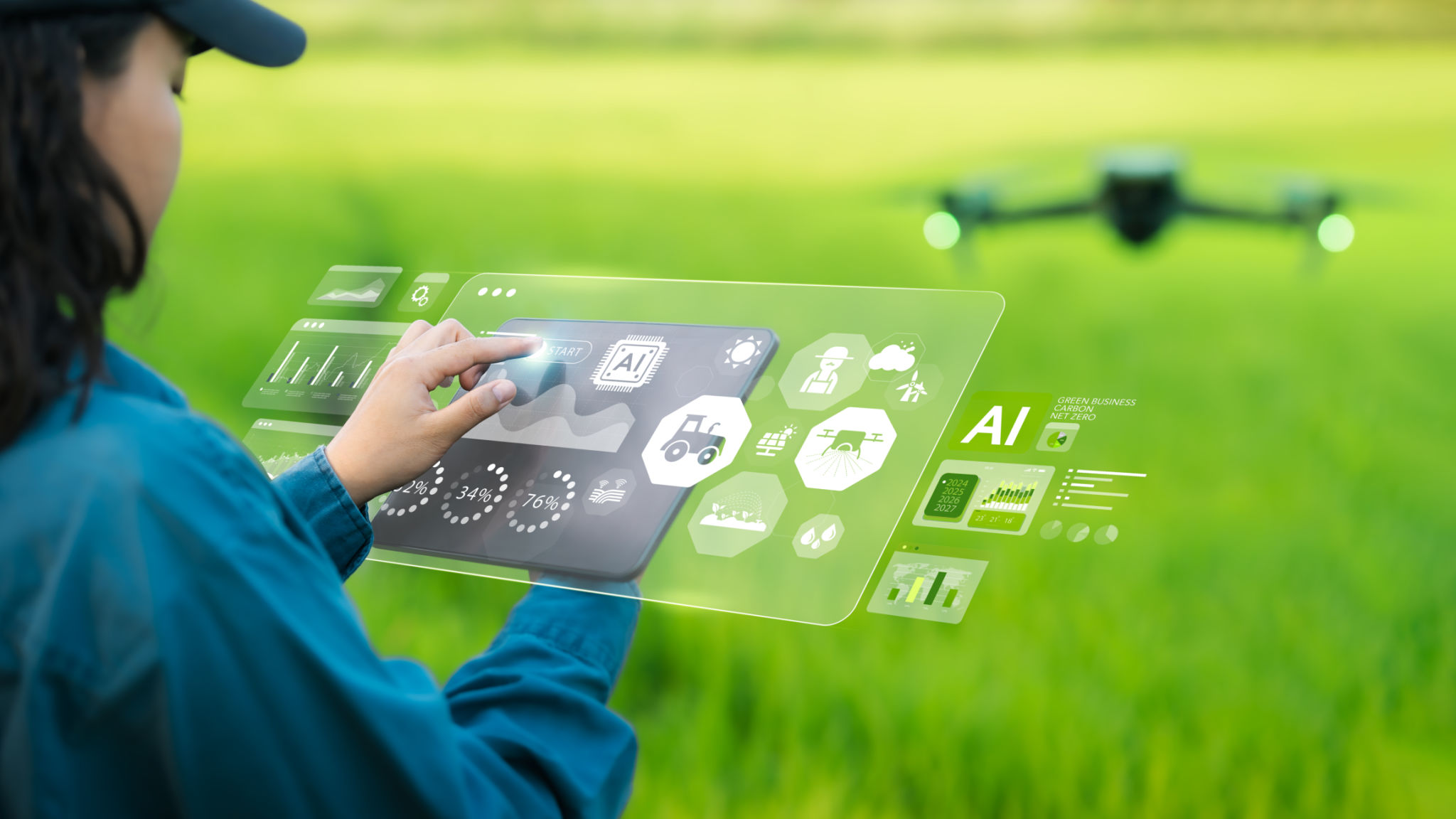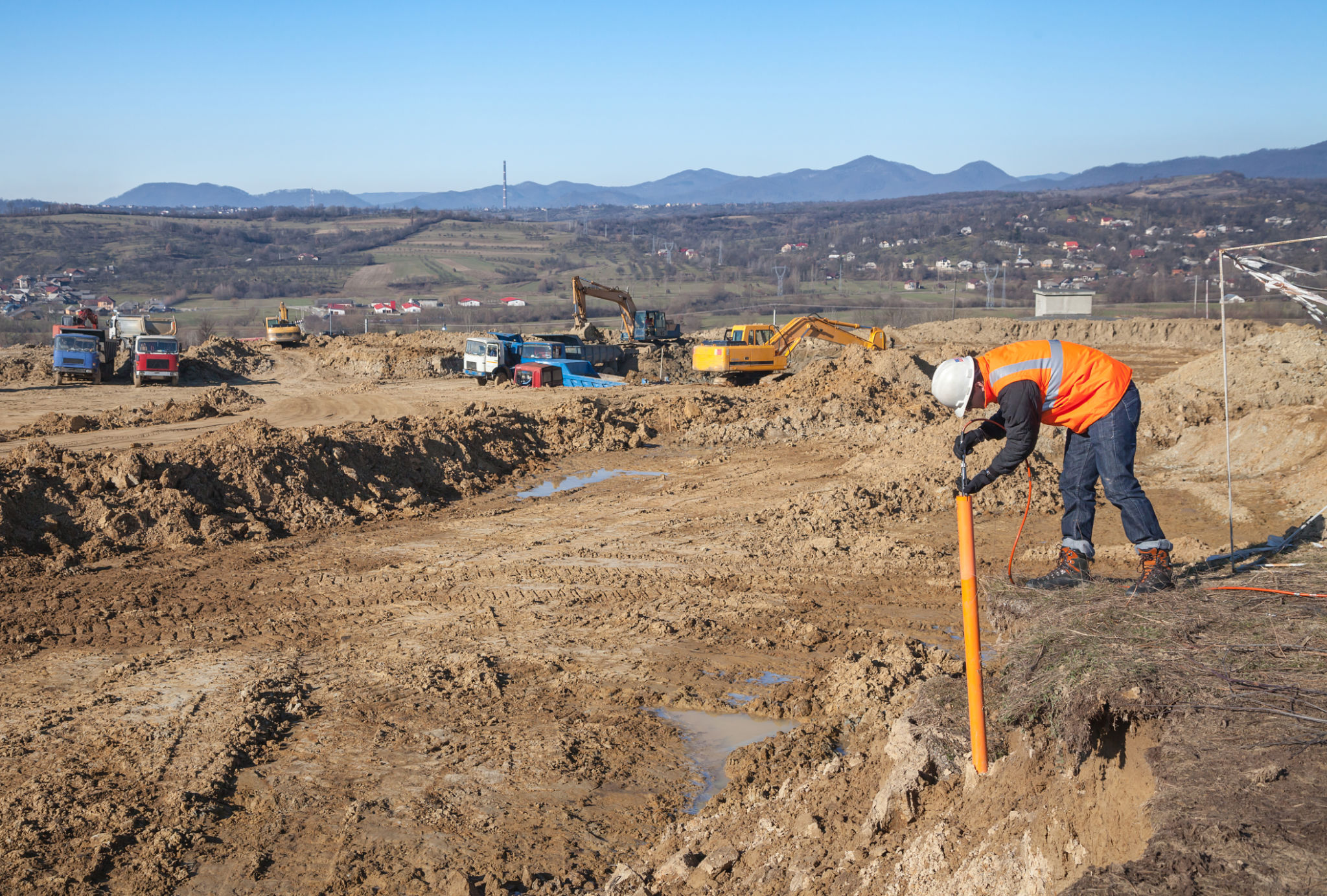Precision Agriculture Technology: A Guide to Maximizing Crop Yields
In recent years, the agricultural industry has witnessed a technological revolution aimed at increasing efficiency and maximizing crop yields. Precision agriculture technology stands at the forefront of this transformation, offering farmers innovative tools to optimize their farming practices. This guide explores how precision agriculture can enhance productivity and sustainability.
Understanding Precision Agriculture
Precision agriculture involves using technology to monitor and manage field variability in crops. By leveraging data from various sources, such as satellite imagery, GPS, and IoT devices, farmers can make informed decisions about their agricultural practices. This data-driven approach helps in optimizing inputs like water, fertilizers, and pesticides.

The Role of GPS and GIS
GPS (Global Positioning System) and GIS (Geographic Information System) are critical components of precision agriculture. GPS technology allows for accurate field mapping and equipment navigation, enabling farmers to plant seeds with high precision. Meanwhile, GIS integrates spatial data, helping in analyzing field conditions and planning crop rotations.
With these technologies, farmers can create detailed maps that highlight variations in soil quality and crop health across different parts of a field. This information supports targeted interventions, reducing waste and enhancing yield.
Soil and Crop Monitoring
Soil health is a fundamental factor in maximizing crop yields. Precision agriculture tools provide insights into soil composition, moisture levels, and nutrient content. By using sensors and drones equipped with advanced imaging technology, farmers can monitor soil conditions in real-time.

Crops can also be monitored using remote sensing technology. This method involves capturing images of crops at different growth stages to assess their health and detect issues like pest infestations or nutrient deficiencies early on. By addressing these problems promptly, farmers can prevent significant yield losses.
Benefits of Variable Rate Technology
Variable Rate Technology (VRT) is a game-changer in precision agriculture. It allows for the application of inputs such as fertilizers and pesticides at varying rates across a field. This customization ensures that each area receives the optimal amount of input based on its specific needs.
The use of VRT not only increases crop yields but also reduces costs and environmental impact. By minimizing excess application, farmers can decrease chemical runoff and promote sustainable farming practices.

Data Management and Analysis
Effective data management is crucial for realizing the full potential of precision agriculture technology. Farmers can utilize farm management software to collect, store, and analyze data from various sources. This centralized data system helps in making strategic decisions related to planting schedules, irrigation, and pest control.
Moreover, data analysis provides insights into long-term trends and patterns, enabling farmers to adapt their strategies to changing environmental conditions. With this information at their fingertips, they can plan for future growing seasons more effectively.
The Future of Precision Agriculture
The future of agriculture lies in the continuous advancement of precision farming technologies. Innovations such as artificial intelligence and machine learning are expected to further enhance decision-making processes by predicting outcomes and optimizing resource allocation.
As precision agriculture continues to evolve, it holds the promise of addressing global food security challenges while promoting sustainable agricultural practices. By adopting these technologies, farmers can not only increase their productivity but also contribute to a healthier planet.